wind turbine engineering services
Specializing in aeroelastic modeling with OpenFAST and HAWC2.
at your service
testimonials
we can help you
Services
performance & loads calculations
Modeling and analysis of the entire turbine from specific cases to full certification load sets.
- AEROELASTIC MODELING ACCORDING TO IEC 61400-1 (OpenFAST, HAWC2)
- SIMPLIFIED LOAD MODELING according to IEC 61400-2
- automated cloud-based simulation infrastructure
- POWER CURVE & AEP CALCULATIONS
power curve & loads validation
Design validation using simulations and measurements
- met mast installation and monitoring
- performance troubleshooting, diagnostics and solutions
- Controller tuning
- site specific simulations and validation
New designs
We can make sure you have the best offering
- conceptual design exploration
- system level design & optimization
- aero-structural blade design optimization (NREL WISDEM)
- 2d & 3d draFTING
- COMPONENT STRUCTURAL ANALYSIS (ANALYTICAL, FEA)
- CERTIFICATION DOCUMENTATION
upgrades and new technologies
Create new revenue streams with upgrade offerings
- aerodynamic rotor upgrades (BLADE ADD-ONS) for increased production
- modeling new features and concepts
- technology development and integration
have a look
sample reports
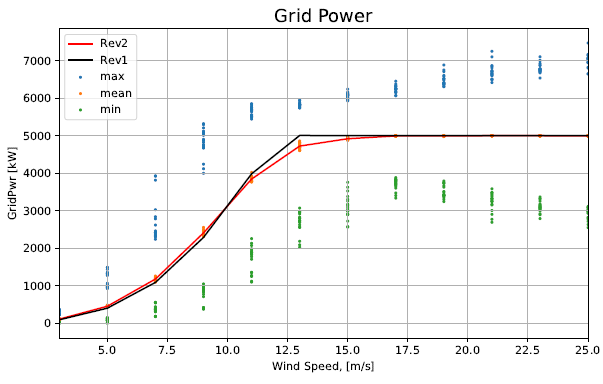
power curves
Power curves can be generated from aeroelastic simulations with uniform or turbulent inflow, or from measurements. Comparisons can be made to data from other sites, turbines, or configurations.

extreme loads
Ultimate loads are generated by extracting the extremes from aeroelastic simulations of the design load cases defined by the certification standard (IEC 61400-1 or -2, ANSI/ACP 101, ClassNK, etc.). Contemporaneous loads tables are provided. A summary page is created for each channel providing graphical overviews of the extremes from all simulations, DLC specific extremes, as well as the specific simulations producing the top-10 highest loads.
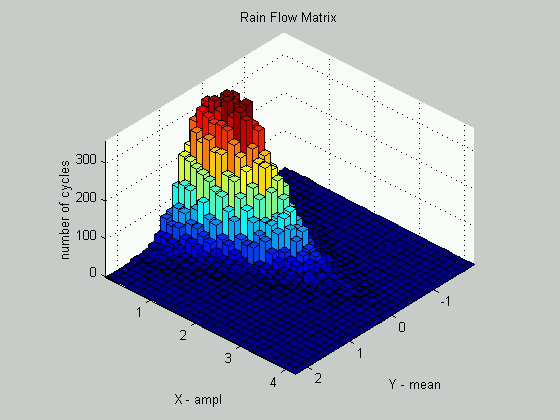
fatigue loads
Fatigue loads are generated by post-processing aeroelastic simulations of the design load cases defined by the certification standard (IEC 61400-1 or -2, ANSI/ACP 101, ClassNK, etc.).Lifetime damage equivalent loads (LDELs) are generated by rainflow counting the timeseries data and accumulating the damage from each cycle according to Miner’s Rule.
we've done it
project experience
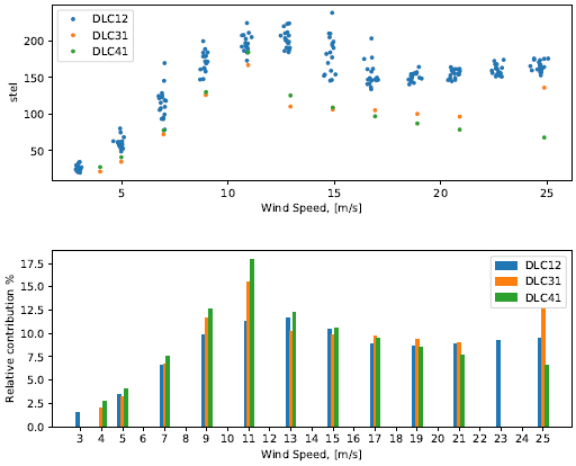
aeroelastic simulations of 2.3mw wind turbine for lifetime extension
• Creation of OpenFAST aeroelastic turbine model matching properties of make and model specified by client
• Tuning of variable speed, pitch regulated controller algorithms
• Ran 1000s of simulations according to IEC 61400-1 fatigue requirements
• Lifetime extension analysis methodology according to DNVGL-ST-0262
• Certification, site specific, and curtailed modes simulation sets
• Development of custom post-processing scripts in Python
• Full comparison of loads and annual energy production
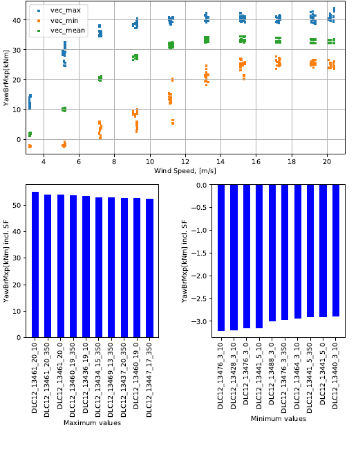
Aeroelastic simulations of 75kW wind turbine for design loads
• Build up and tuning of fixed pitch, fixed speed model in OpenFAST
• Loads and performance simulations using FAST aeroelastic code
• Ran 1000s of simulations according to IEC 61400-1 fatigue and extreme loads requirements
• Full post-processing, analysis, and reporting
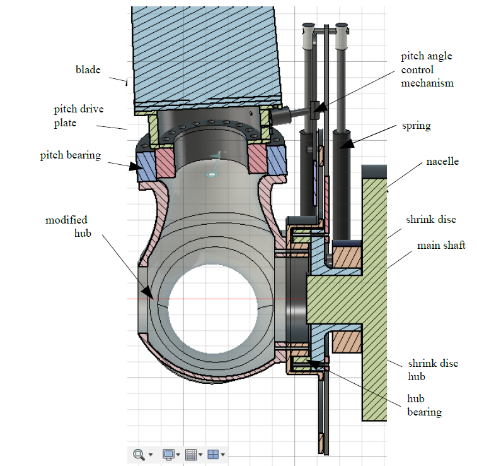
development of passive mechanical blade pitch angle control system
• Development of analytical model for design optimization
• Loads and performance simulations using FAST aeroelastic code
• 3D CAD drawingss, FEA analysis and 2D production drawings
• Integrated pitch angle sensor
• Prototype assembly
• Field validation on test turbine
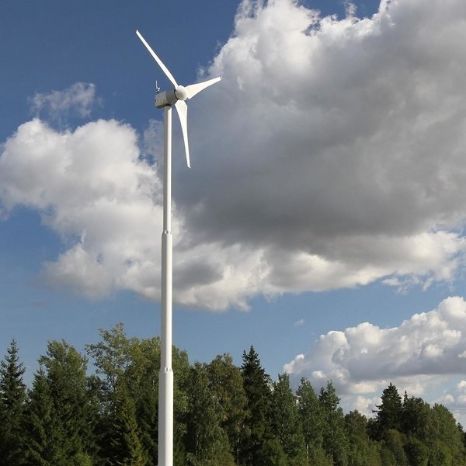
Certification support for 10kW wind turbine (AWEA 9.1)
• Simple load model calculations according to AWEA 9.1 standard (passes also IEC 61400-2 / ClassNK)
• Component stress analysis (analytical & FEA)
• Power curve & AEP calculations
• Certification documentation
• Cooperation with certification authorities (Intertek)

POWER CURVE and loads VALIDATION & OPTIMIZATION
• Experience with MW and kW scale turbines
• In depth performance analyses considering blade soiling, turbulence, shear, veer, shadowing
• Controller tuning for optimum production

blade and upgrade kit design
• Design of blade add-ons for power curve upgrades of MW scale turbines (trailing edge flaps, vortex generators, gurney flaps, winglets)
• Selection of appropriate airfoils for new blade design
• Blade outer geometry design for optimal aerodynamics using PROPID code

WIND TUNNEL TESTING
• 2D airfoil tests at TU Delft and Deutsche WindGuard wind tunnels
• Full rotor testing at UW Large Scale Wind facility
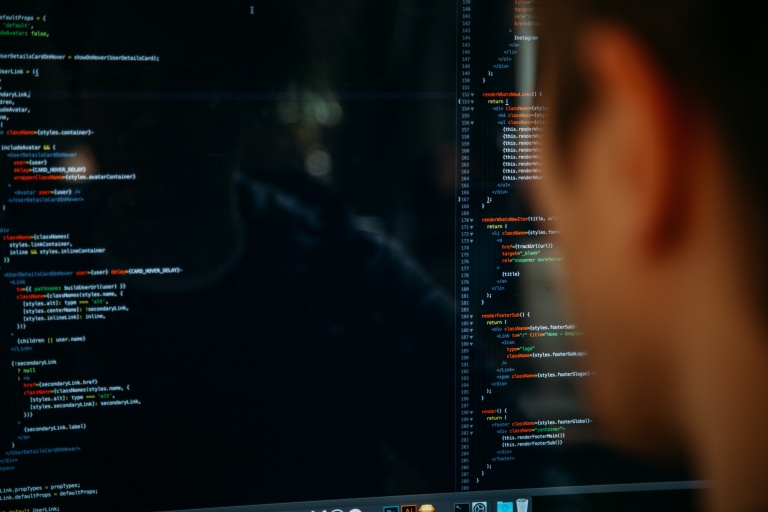
DEVELOPMENT OF ACTIVE FLAP FOR WIND TURBINE
• Simulation of active flap operating on 4MW turbine using HAWC2 code
• Analysis of field tests of active flap on outdoor test rig

20kW wind turbine design
• Conceptual design support
• Load calculations with SLM according to IEC 61400-2

your project here
We want to work with you!
we have the people
team

Drew Gertz, MASc.
• Over 10 years experience in wind turbine
aeroelastics, rotor design & performance, mechanical design and structural analysis, measurements
• Several years R&D experience in Danish wind industry (Siemens, DTU)

Michael Shives, PhD.
• Specialist in fluid dynamics of turbines
•Industry experience in high level simulation and analysis methods (CFD)
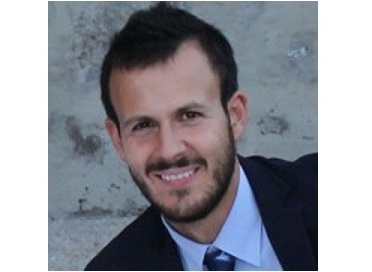
Giorgio Demurtas, PhD.
• Specialist in wind turbine
electrical, design, controls and measurements.
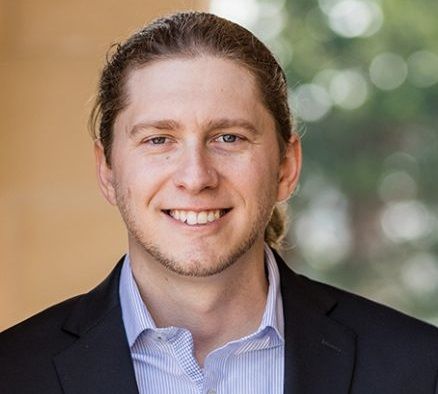
Joseph M. Spossey, B.Sc.
• Experience inR&D, testing, inspection, and certification of wind turbines, renewable energy systems, and other products and services.

Strong network
Our years of experience in industry and academia have resulted in an excellent network of contacts and advisors that we leverage strategically to enhance our capabilities.
Network
Clients
we want to hear from you
get in touch



© 2023 All rights reserved.


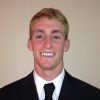




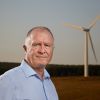








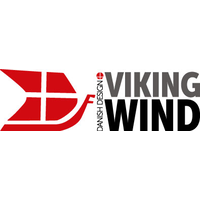





 .
.